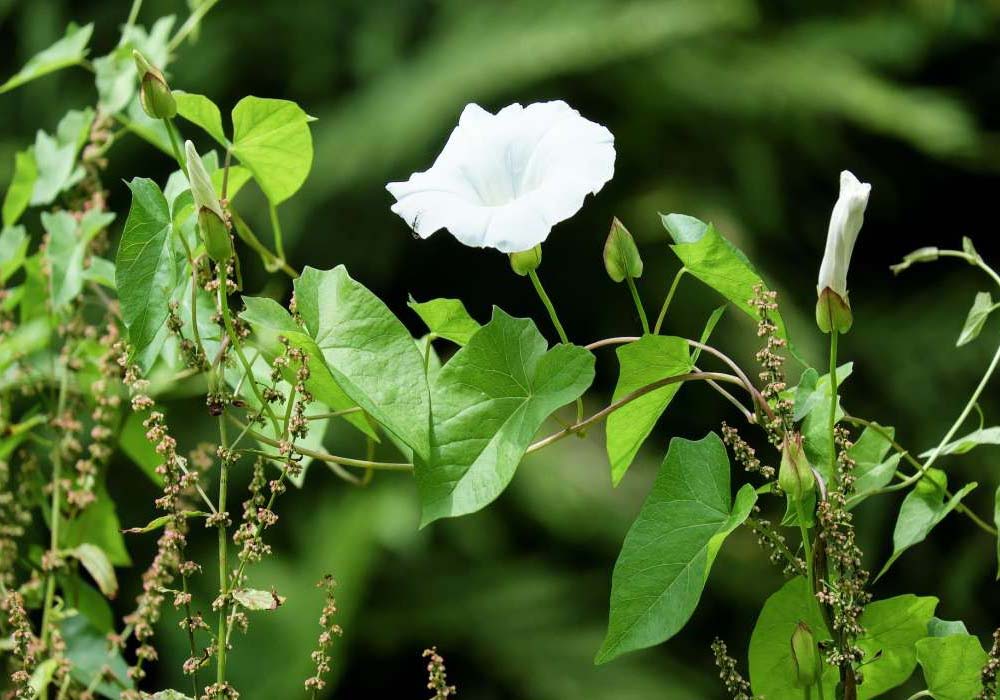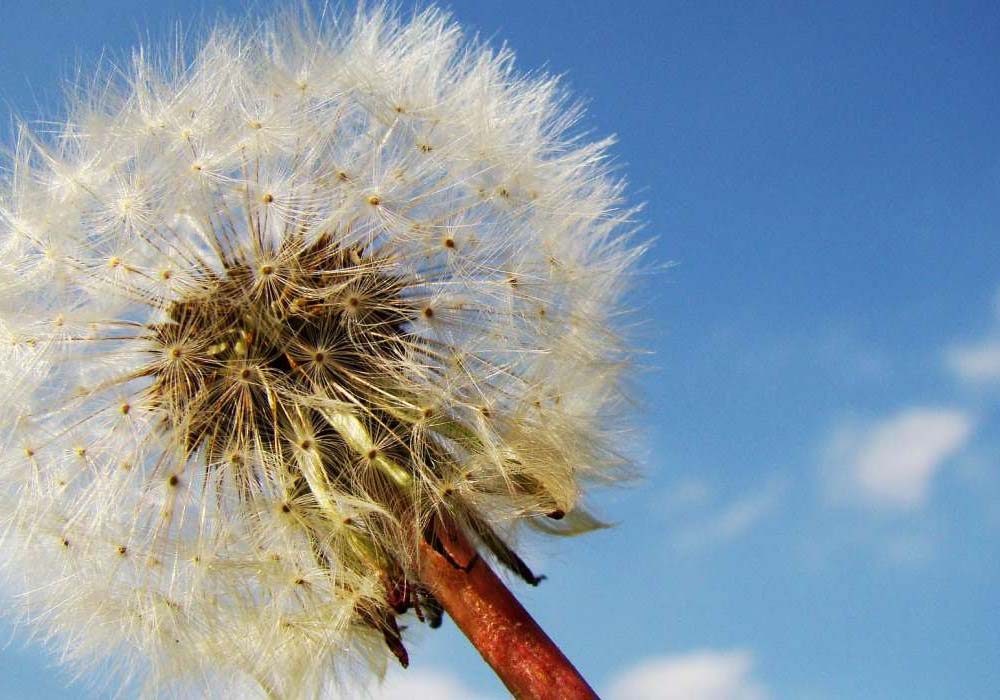You will require a few tools to maintain your plot and this is largely down to personal preference but here we have a comprehensive list of essential and non-essential useful items to consider. You can often ‘inherit’ such items from fellow allotment growers or pick up locally second hand too. Check out our buy and sell (link) section for more options.
The all-important water supply will more than likely come from a water tank with a tap on your allotment site – Hopefully you’re lucky enough to have one to use, which is situated very closely to your plot. Ensure you replace the cover to the tank to help prevent contamination.
Another water source could be to construct some drainage by running guttering and piping from your shed to a water butt for your convenience. Have two or more watering cans to hand for convenience too so that both hands or helpers can speed things up on those hot summer evenings. Keep the soiled turned so that it doesn’t become too hard and dried out, making puddles form on the surface when watered, which evaporates before doing it’s job.
The traditional scarecrow is a good start to ward off birds and there are some cheap & easy alternatives too - flags or bunting, CD’s on string which also reflect the sunlight.
You can use empty plastic drinks bottles by removing the lid, turn upside down and place on a cane or stick and pop in the ground. The rattling noise will scare birds, whilst the clear plastic will also reflect the sunlight.
Slugs and snails are another common problem – They like to eat anything that we do! If you would rather not use slug pellets, a cheap and natural alternative is to sprinkle crushed egg shells around the stem of your plants. Save them in a dry box until Spring and then use as required; they will rot into the soil.
A great way of deterring black, green and white fly is growing Marigolds near to your crops. Their strong odour acts as a repellent. A natural way to be rid of problematic insects and you also get beautiful flowers adding colour to your plot, which is a bonus!
Growing Sage next to cabbage family plants also acts as a repellent as well as leeks next to carrots who help each other fight many insects and pests such as carrot fly, leek moth and onion fly.
Throughout the warmer months of the year, you will become almost obsessional about weeds! It’s hugely beneficial to keep on top of them and sometimes it can feel as though they grow back the minute your back is turned but once you’re cleared – keep hoeing to stop things getting out of hand.
If you’re unsure whether you have a weed or the start of something you’ve sown, leave it until it’s a bit bigger and perhaps look up what your crop seedlings should look like. Take care with stingers and thistles wearing gardening gloves and cover arms and legs if need be.
Weeds take the nutrients intended for your crops, which can compromise the soil as well as look unsightly. You might not need to worry to much about tiddlers or be quite so tidy as you would your flower beds in your garden but do keep them under control ensuring you always get the roots up as well where possible.


Most growers would avoid using weed killers and chemicals. When watering during the summer, you don’t want to be watering weeds or missing harvest-ready crops because they’re overrun with weeds around them.
If you plan to go on holiday during the season, you may want to consider roping in some help to keep things at bay to avoid a big catch up job when you get back. During the summer, binding weed is a common issue and seems to get everywhere!
Digging is hard work, especially during warmer weather so try and do more labour-intensive work during cooler hours and alternate with some lighter or sitting down jobs – and don’t forget to take a break and have a drink! If you have had some substantial rainfall, digging can be difficult with mud clogging and sticking to your tools, boots and everywhere so it might be an idea to wait for things to dry out a bit. Equally the ground can be too hard with a cold winter or hot summer so rainfall might come as a blessing. Allotment life is so reliant on the weather!